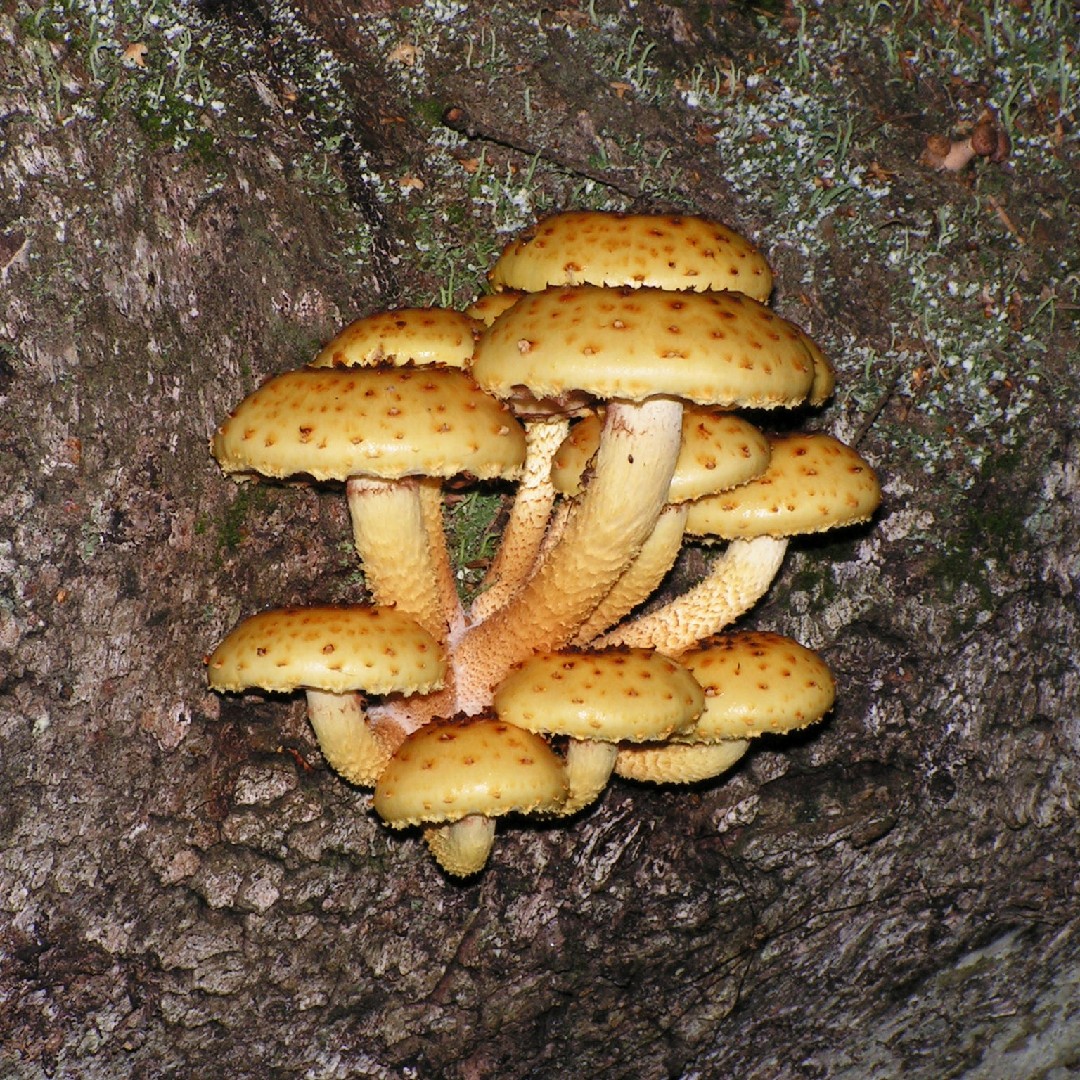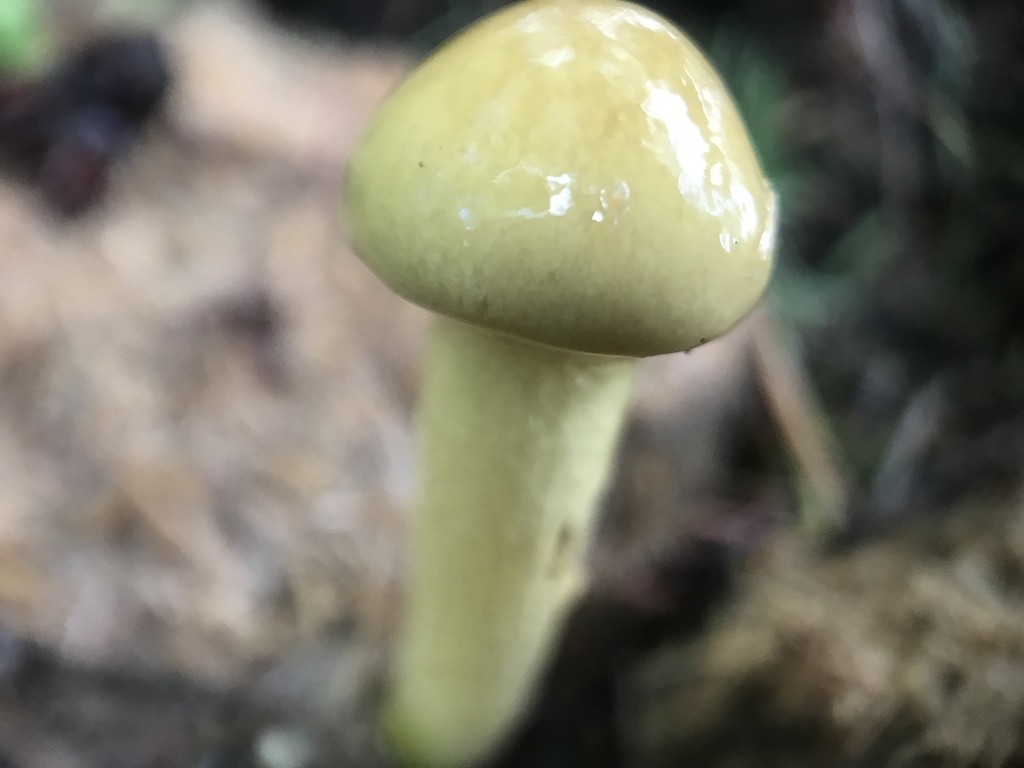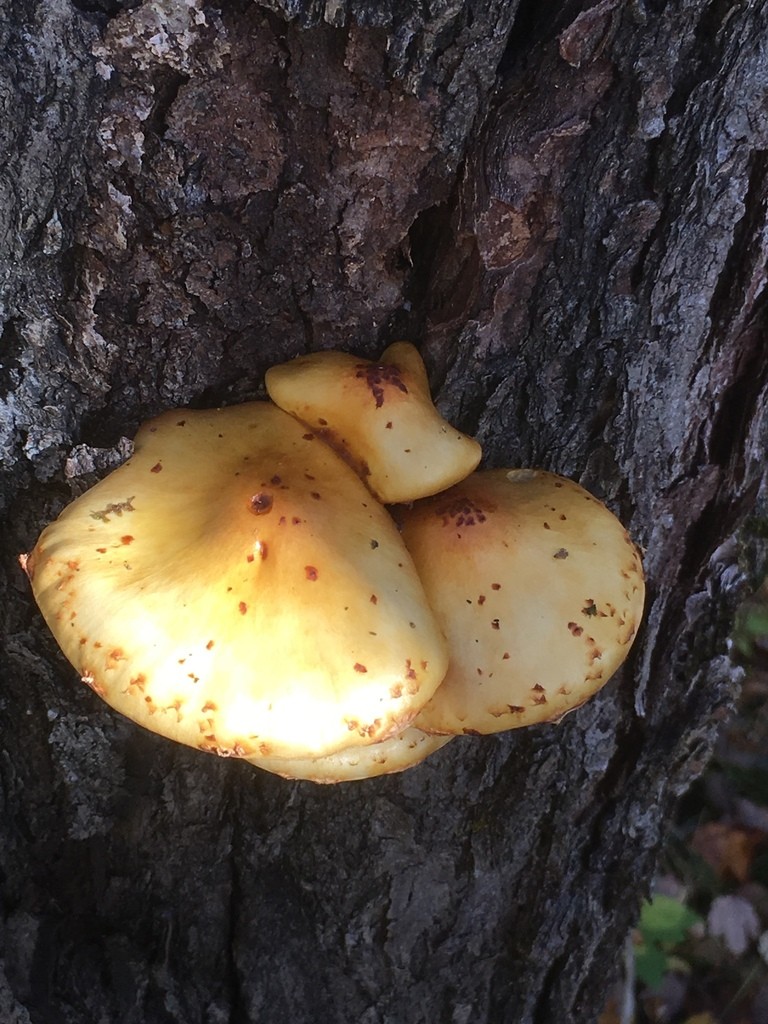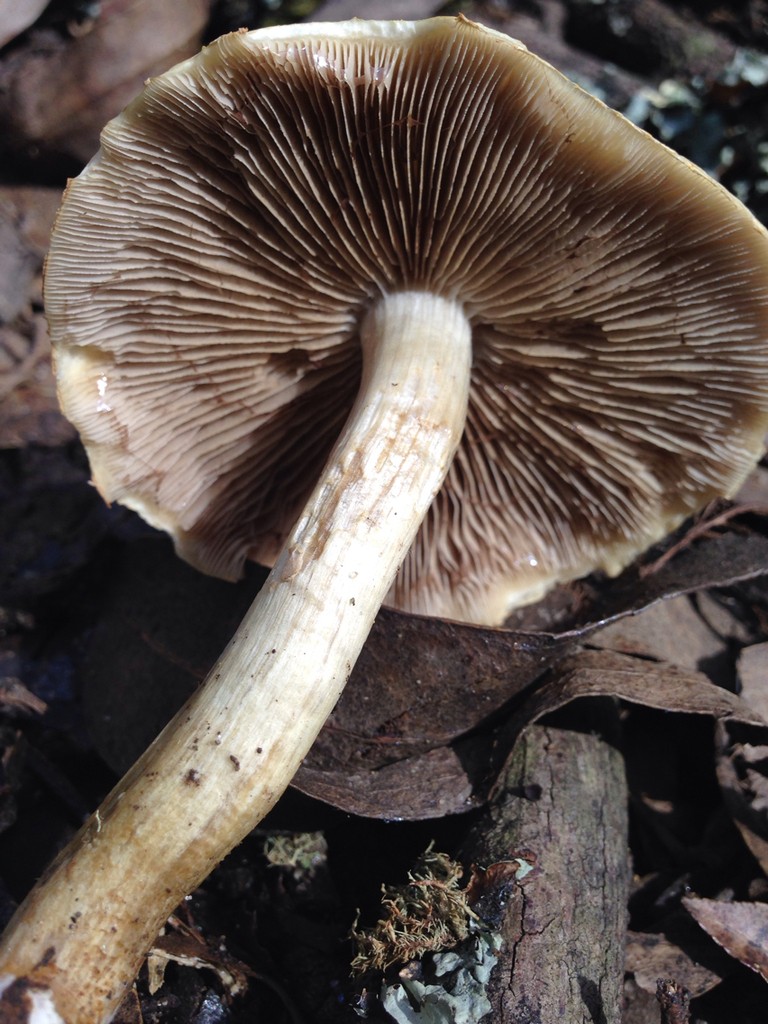Strophariaceae
Nome científico: Strophariaceae
Strophariaceae
Nome científico: Strophariaceae
 Photo By Bff , used under CC-BY-SA-4.0 /Cropped and compressed from original
Photo By Bff , used under CC-BY-SA-4.0 /Cropped and compressed from original Descrição
Os strophariaceae são fungos que decompõem matéria orgânica e se distinguem por uma espécie de pele que cobre o caule. Eles também possuem esporos (células reprodutivas) que, em massa, formam uma mancha vermelho-amarronzada ou marrom-escura. Os strophariaceae foram delimitados como um gênero em 1946 pelos micólogos Rolf Singer e Alexander H. Smith. 


